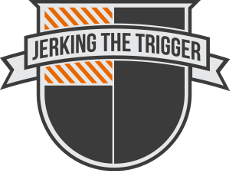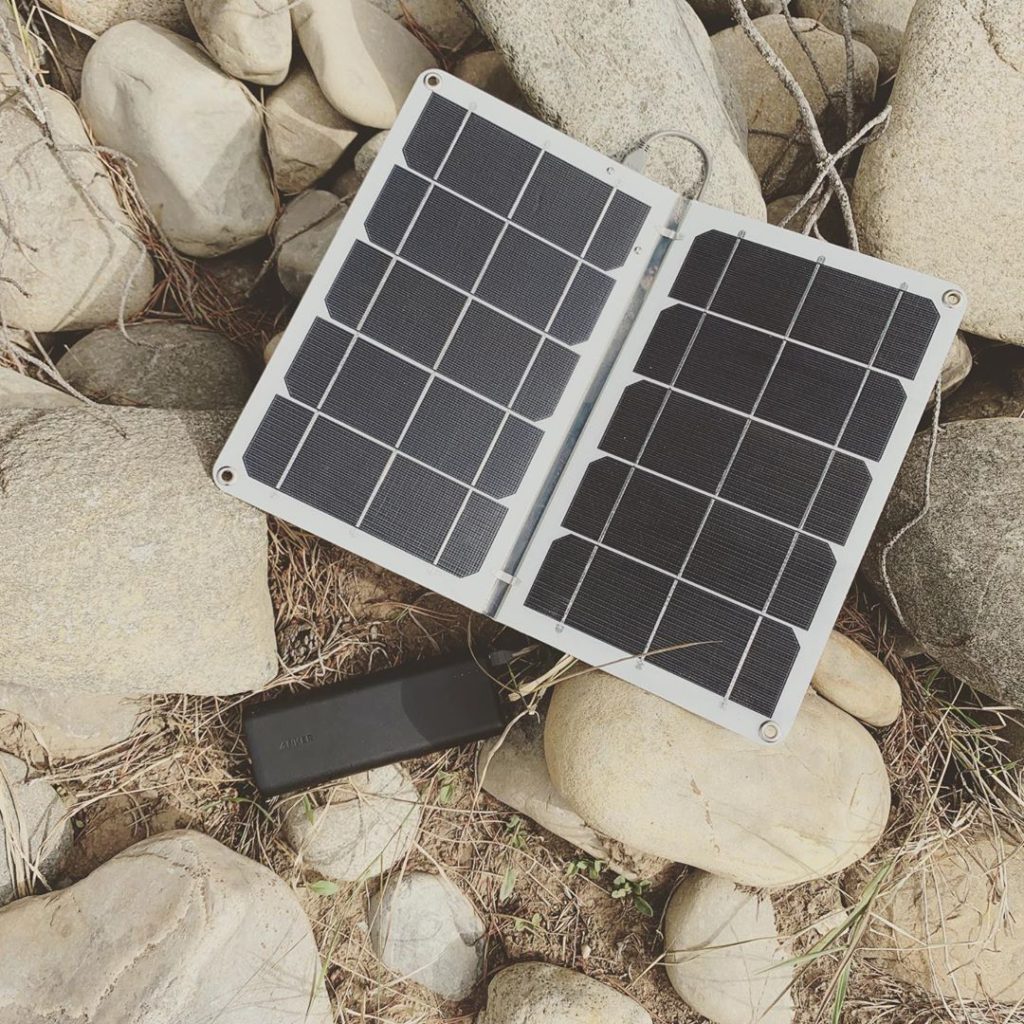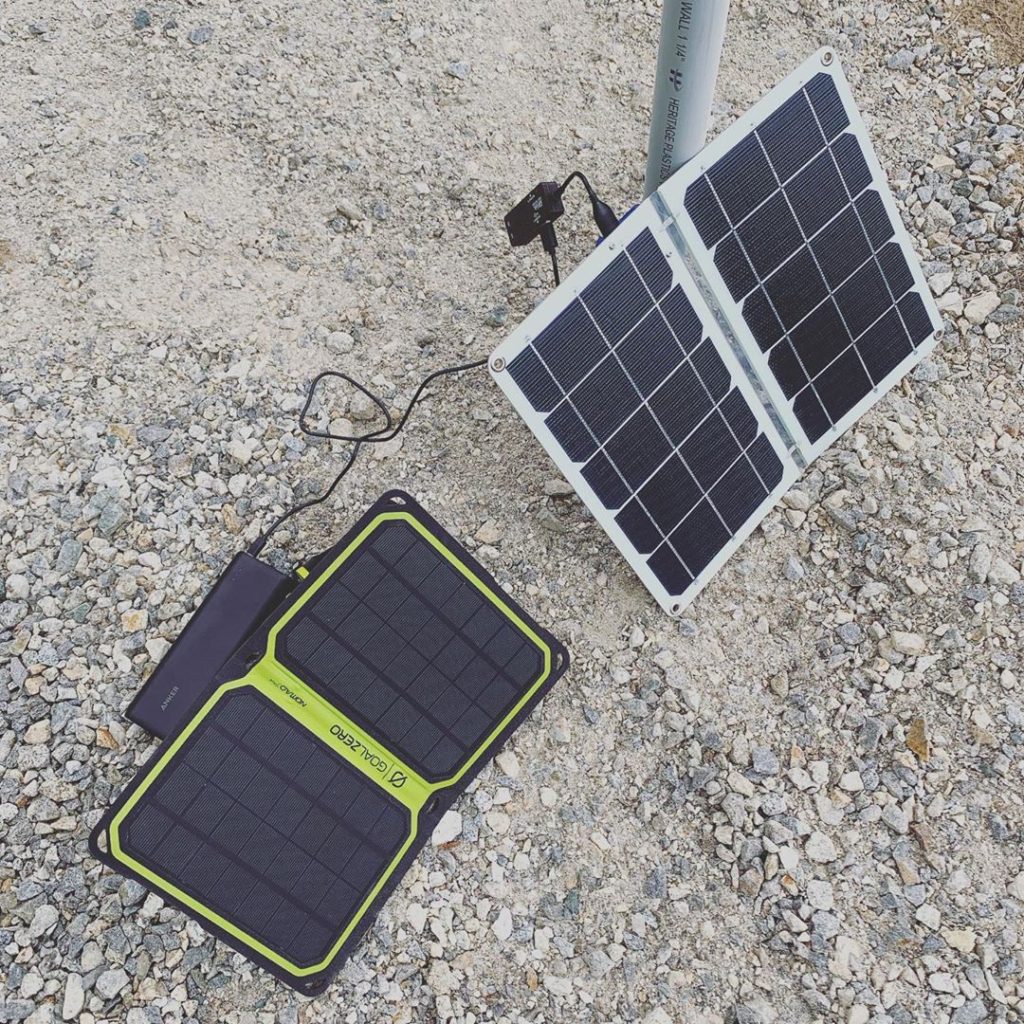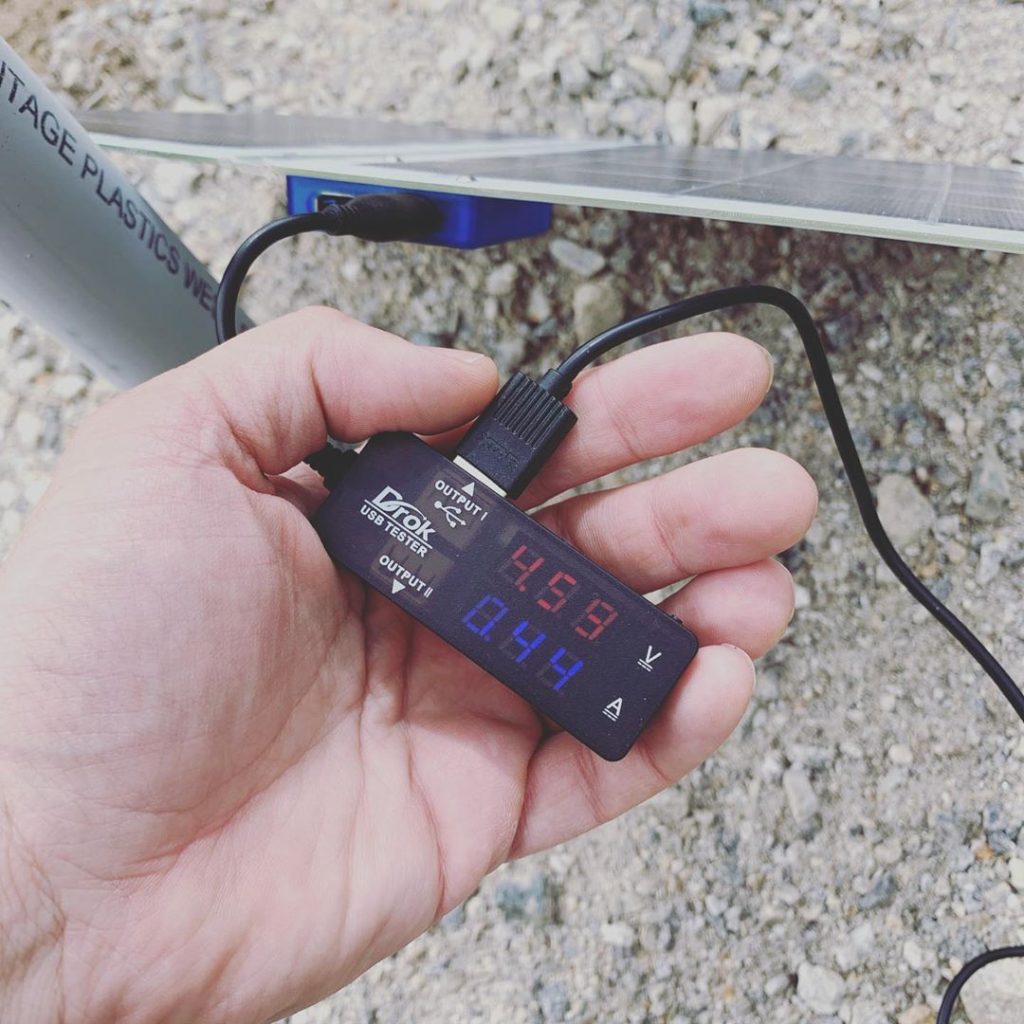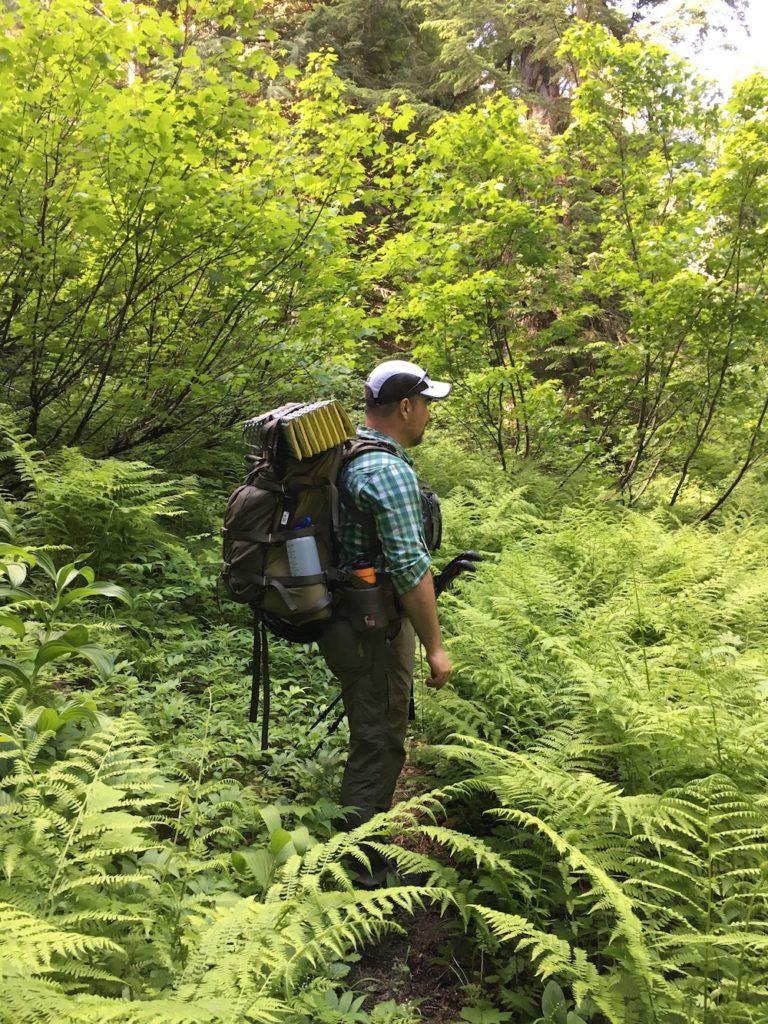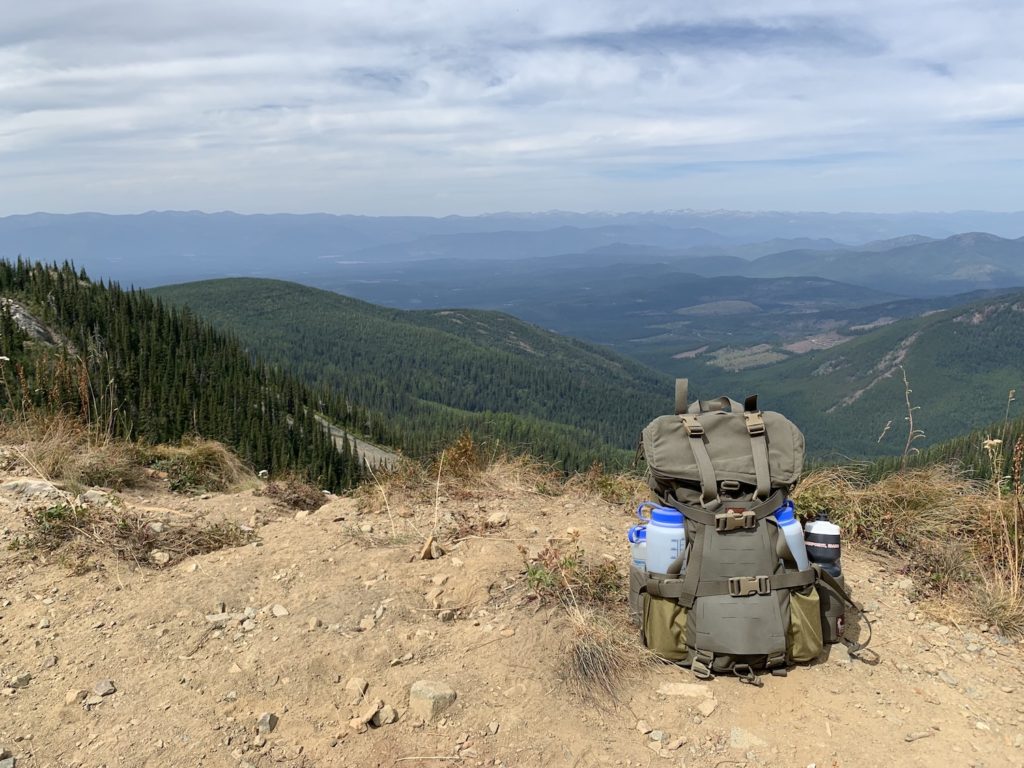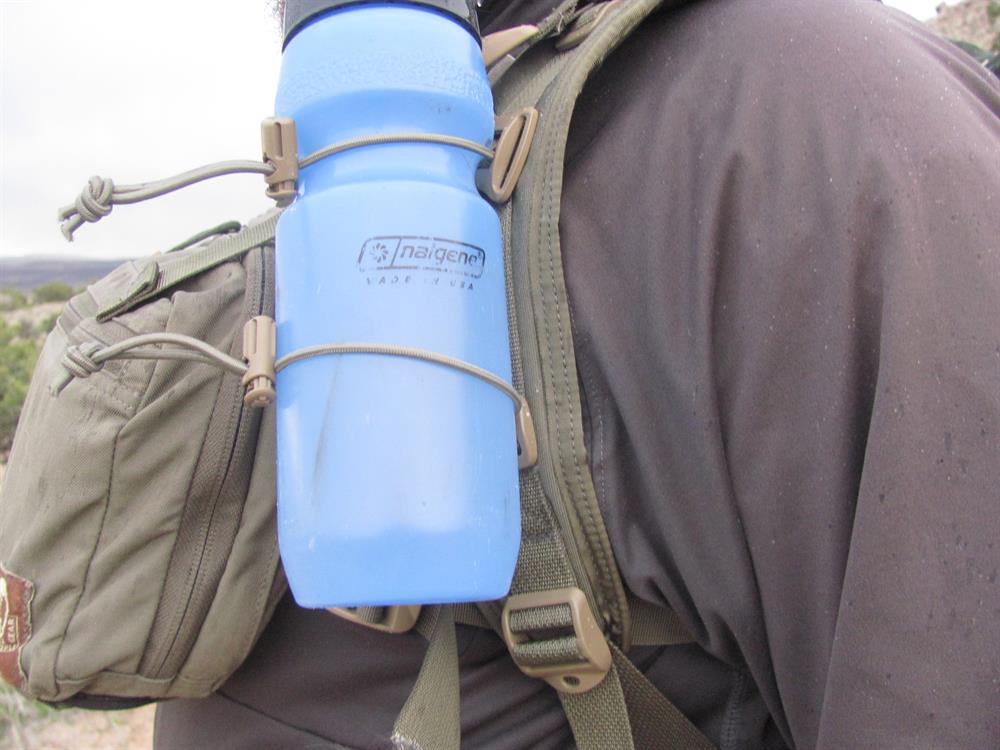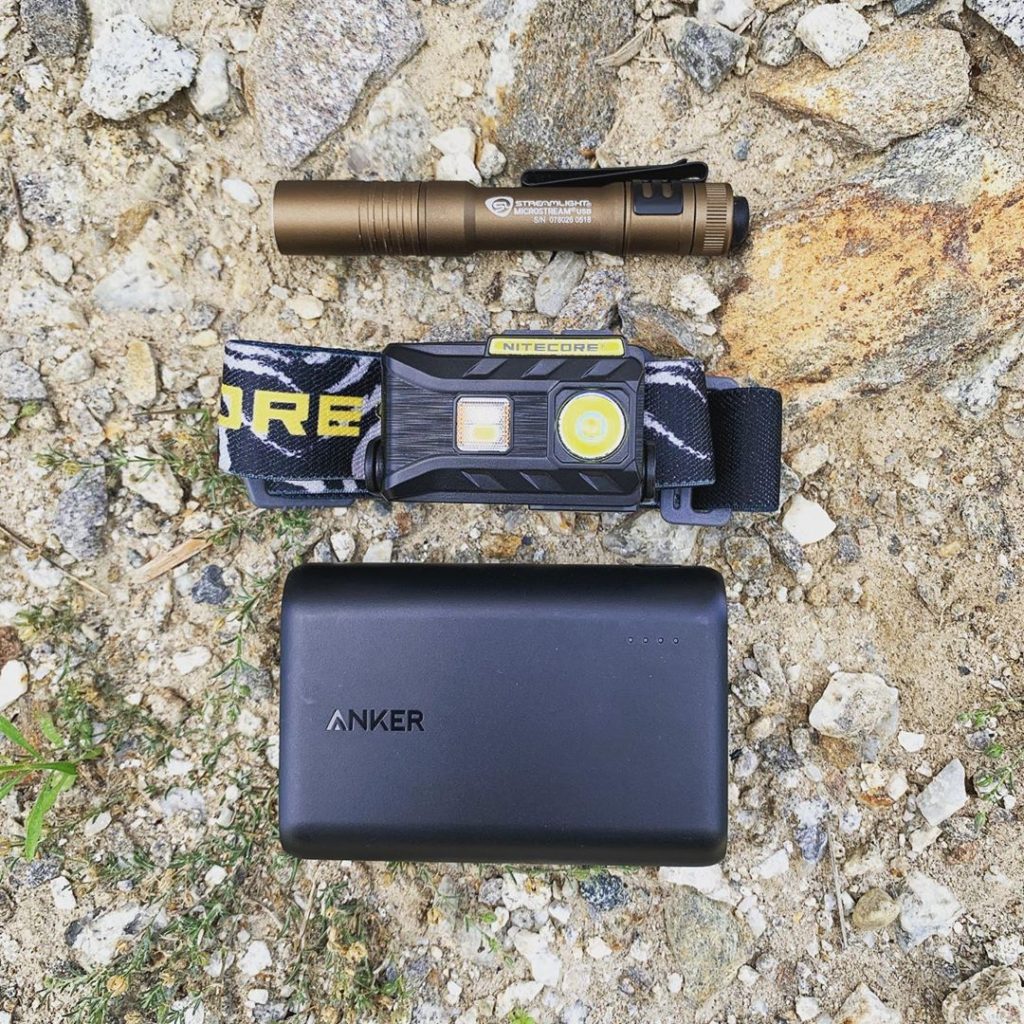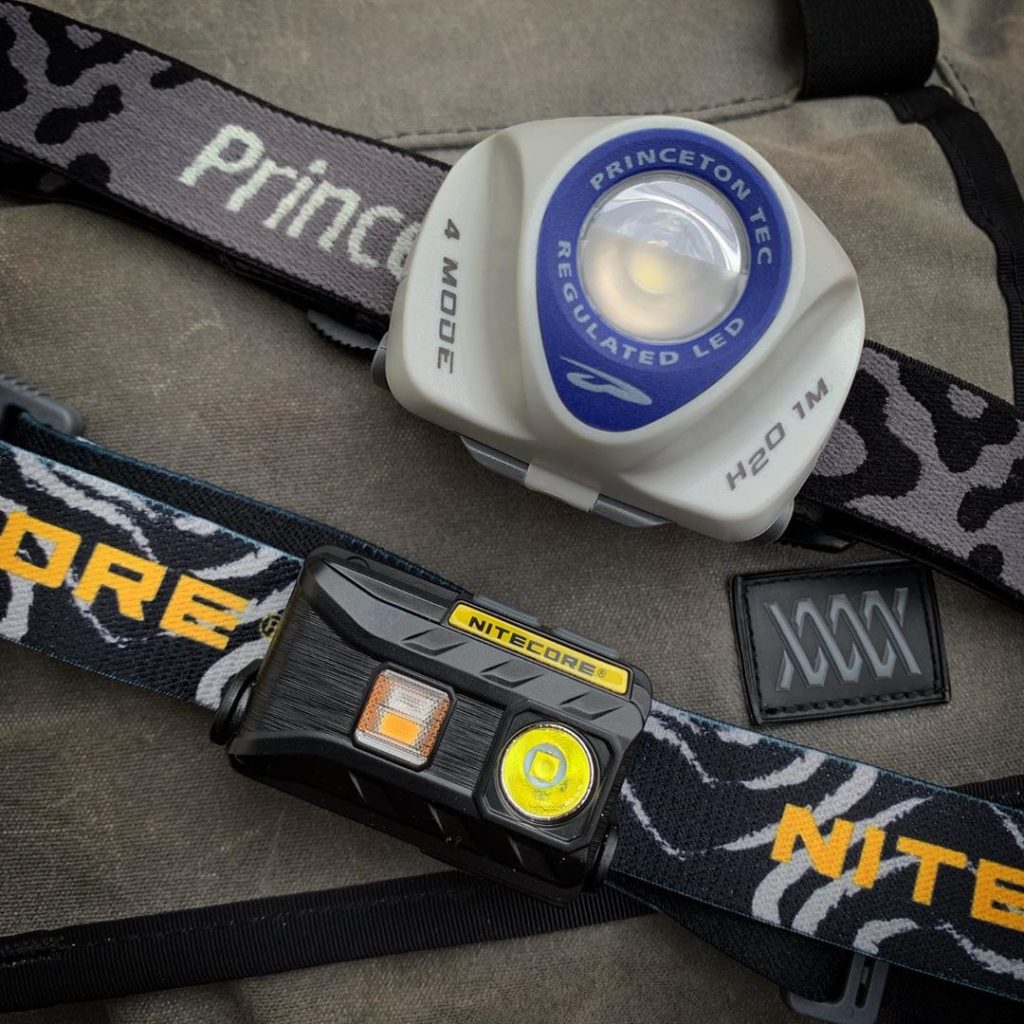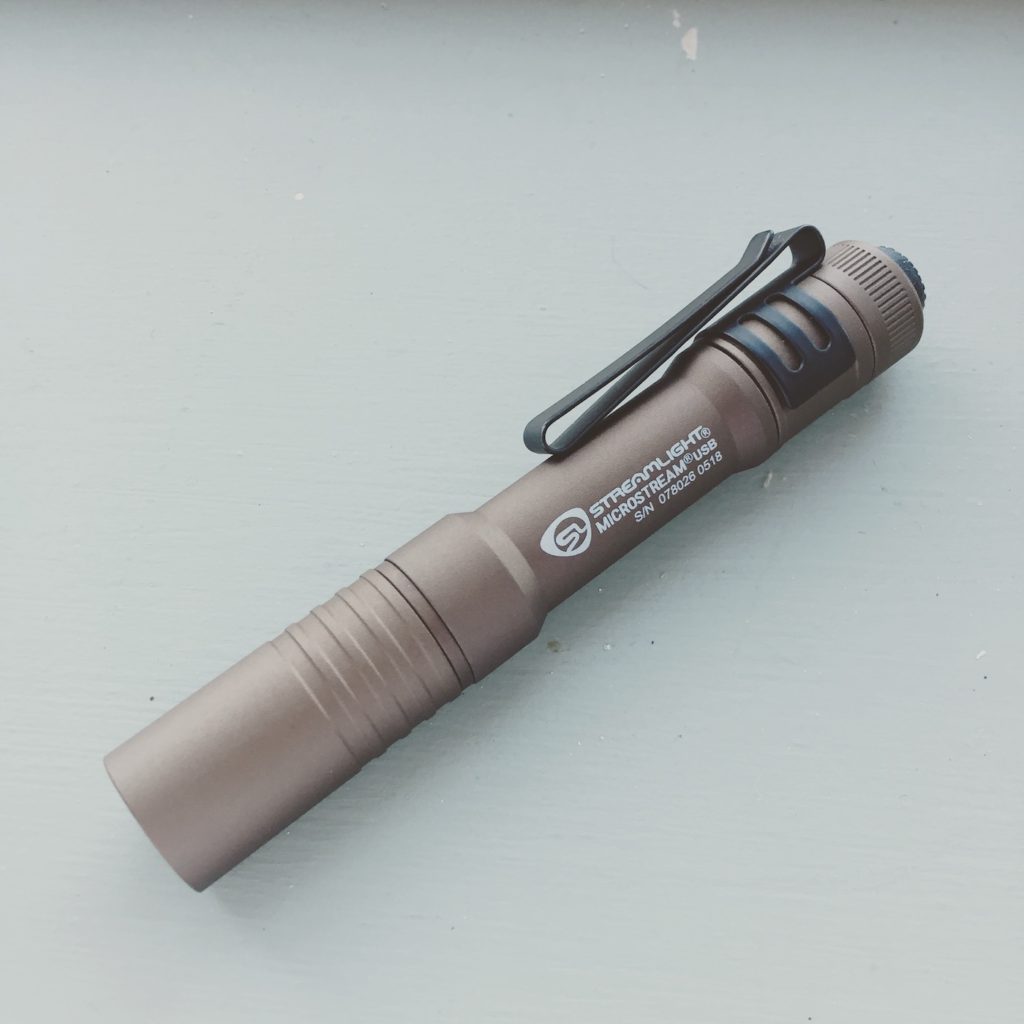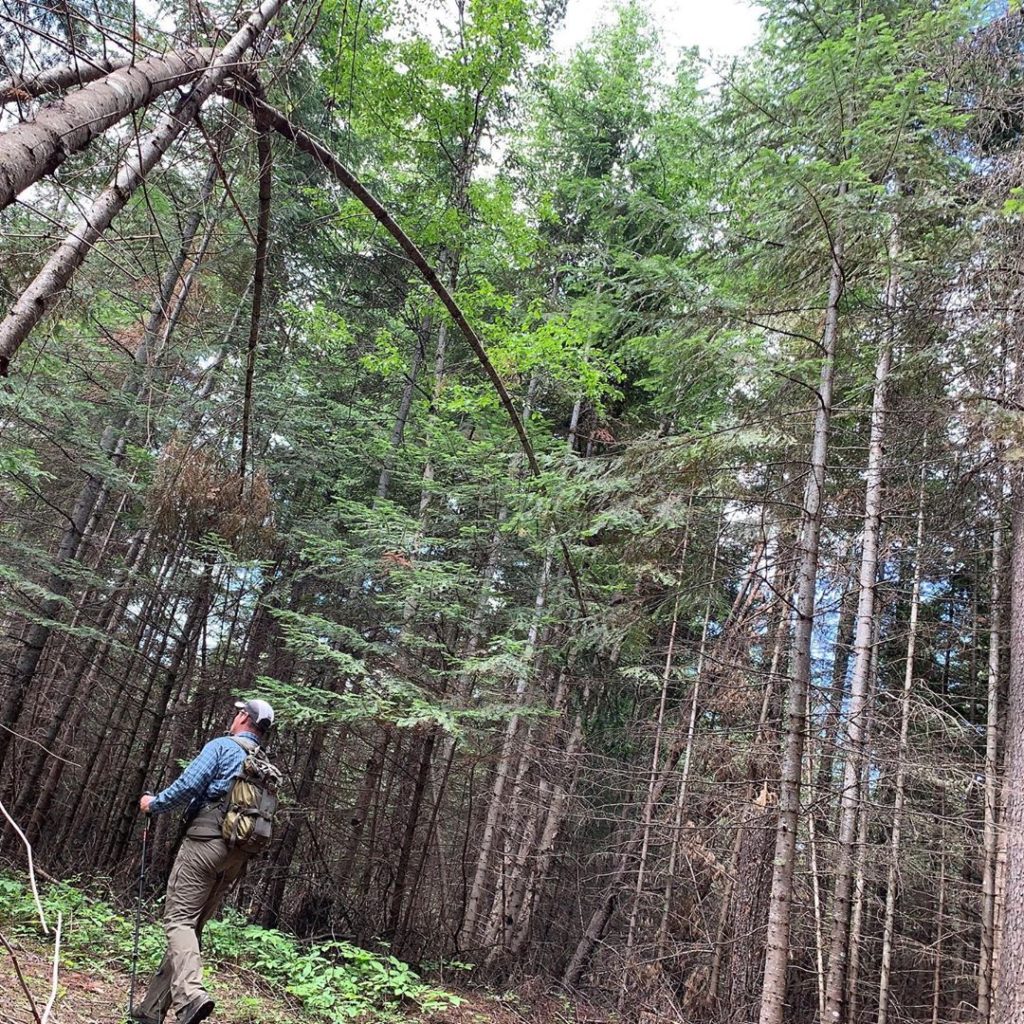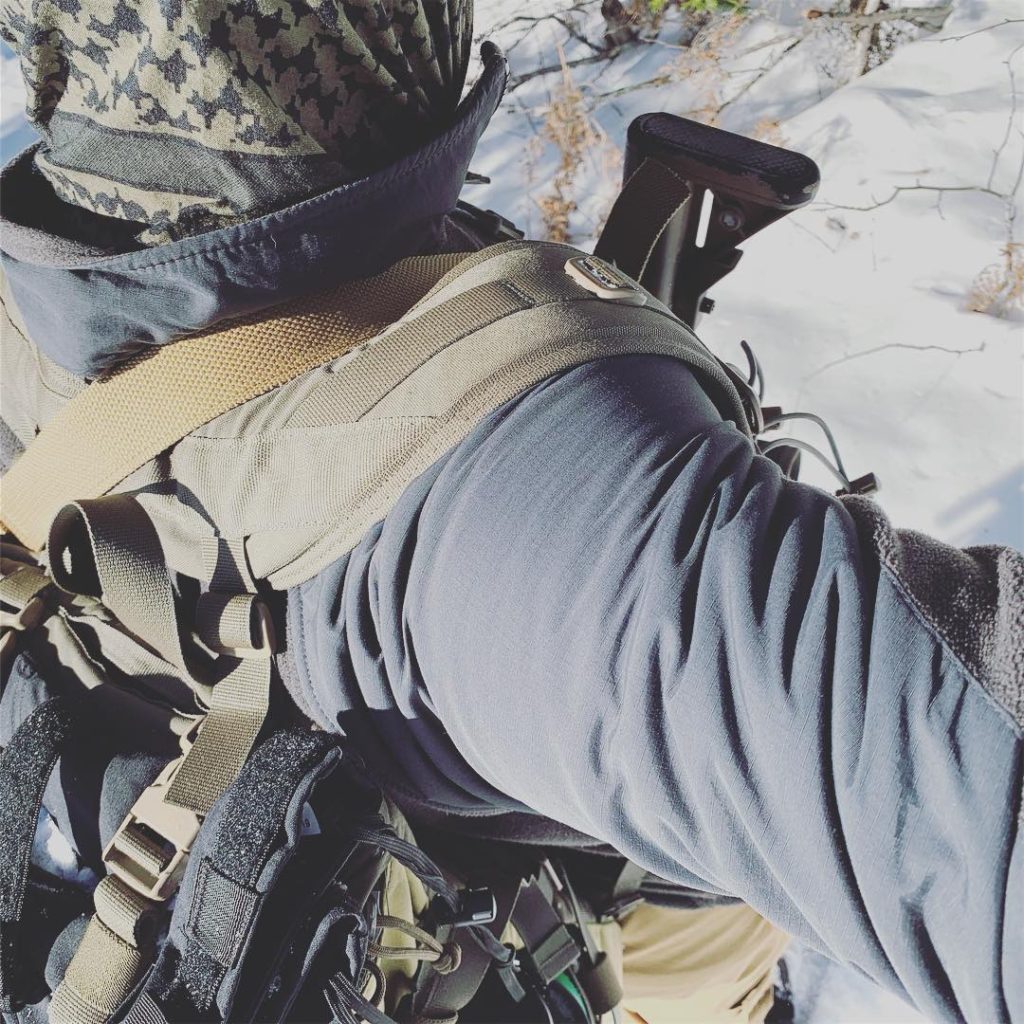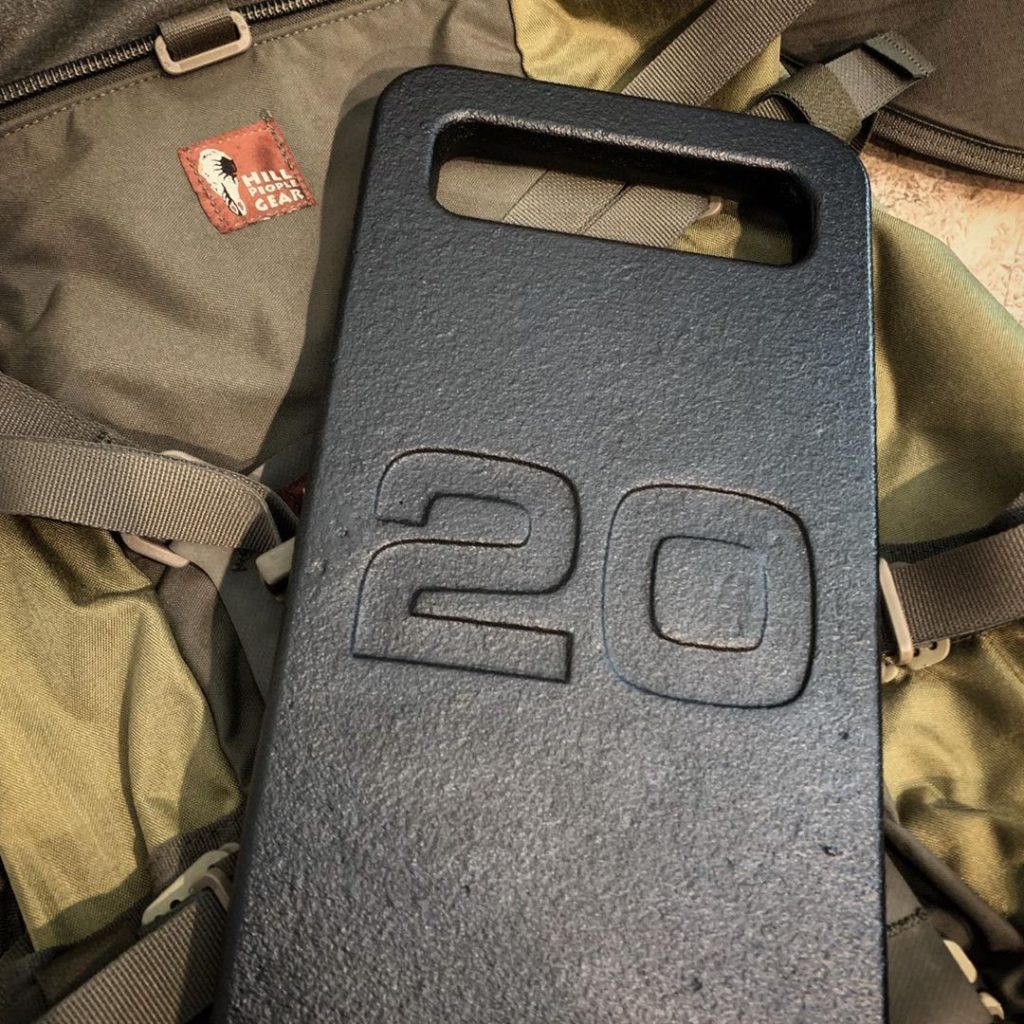Earlier this year, I bought a Fenix E30R in the hopes that it would work well as a lightweight, bright, compact, 18650 powered flashlight, for outdoor use. I was basically buying the form-factor as the E30R is just about as small as you can make a 18650 powered light. Unfortunately, the light hasn’t quite worked out like I hoped. It works to be sure but it could be better with some seemingly simple additions.
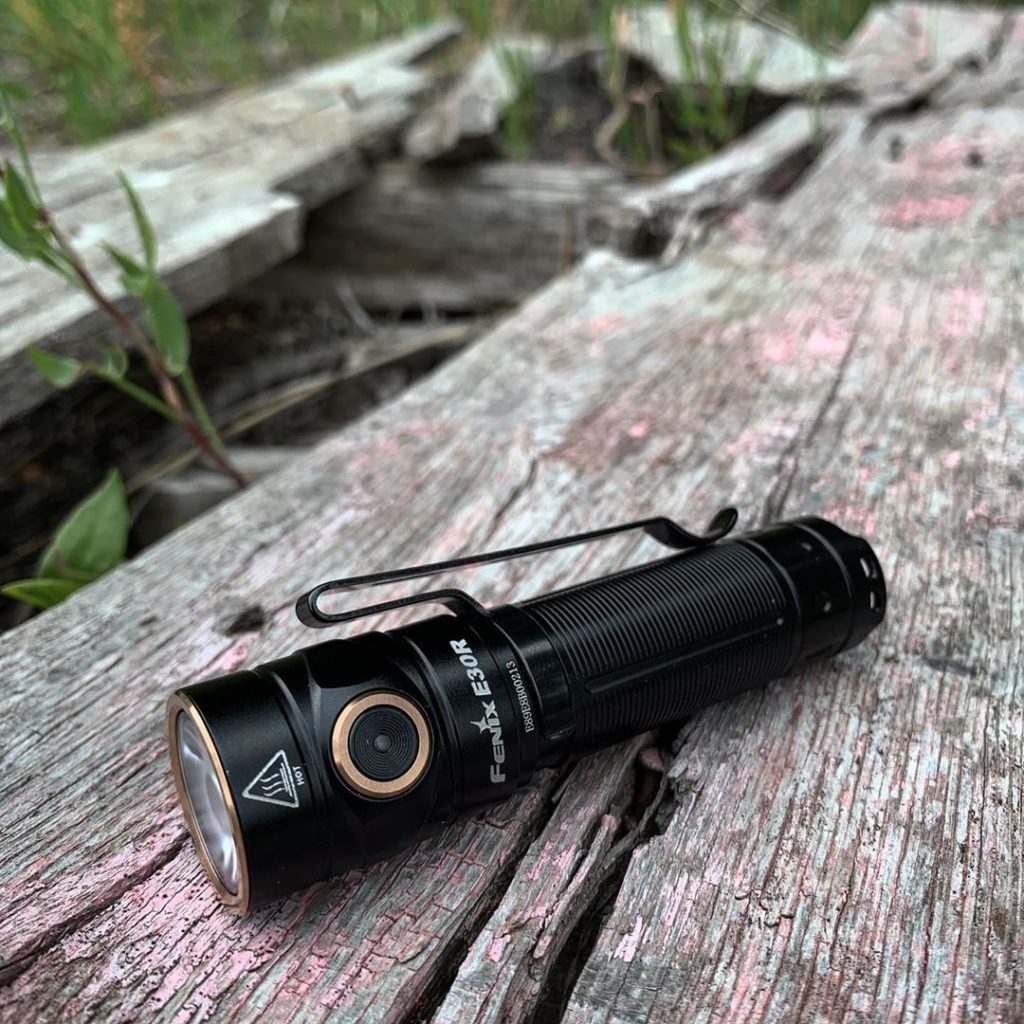
Overview
The E30R is a compact, USB rechargable flashlight that is powered by a single 18650 or 2 CR123A batteries. It boasts 1600 lumens pushed through a TIR optic to shape the beam.
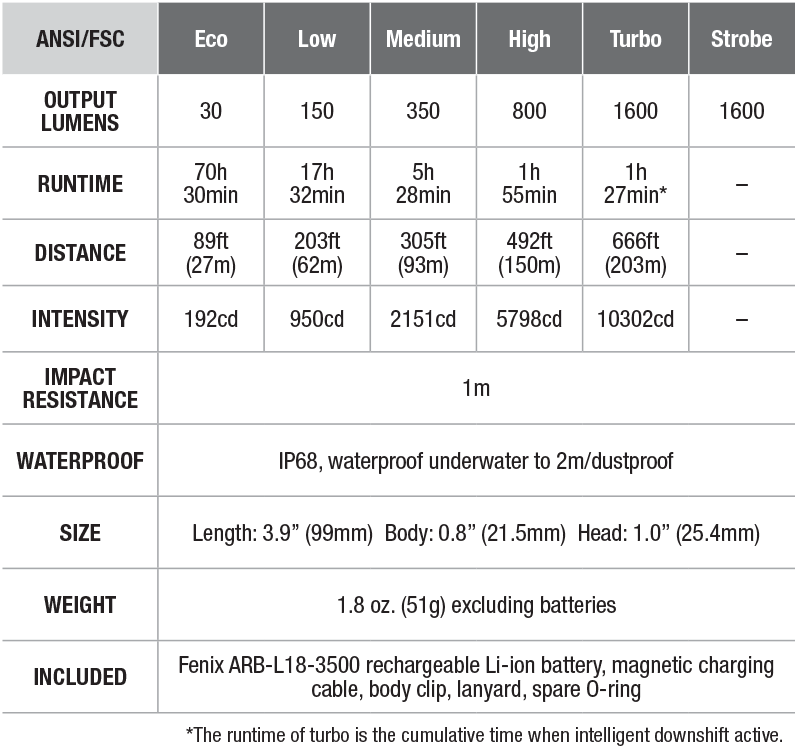
Size:
Length: 3.9” (99mm)
Body: 0.8” (21.5mm)
Head: 1.0” (25.4mm)
Weight: 1.8 oz. (51g) excluding battery
Battery: One 18650 rechargeable Li-ion battery (included) or two CR123A Lithium batteries can be used in an emergency
Included: Fenix ARB-L18-3500 rechargeable Li-ion battery, magnetic charging cable, body clip, lanyard, spare O-ring
Observations from Use
I’ve owned many Fenix lights over the years. In fact, I owned one of the first Fenix lights imported via a group buy on Candlepower forums back in the day. They have always served me well and I have come to trust and even prefer them in many cases. This is the first one that has disappointed me. It looks amazing. It is extremely bright. The form-factor is amazing. The clip is excellent. The output levels are nicely spaced. Fenix got so much right but their user interface design let them down in a big way.
The light can be turned on by a half-second long press on the switch. That means that when you need light, you push the switch and wait. That is annoying. When I push the switch, I want light right then. On top of that, the light always turns on in low mode which can be a good thing unless you want most or even all of the lumens right away. You have to long press to turn the light on and then click to cycle through each of the 5 modes. For example, accessing the Turbo setting from off requires a half-second long press followed by 4 clicks. There is no way to access Turbo or High from off and no mode memory. Either or both of those options would make this light 10 times easier to live with.
I realize that I can’t hold too much of this against the light because I read about the user interface before I bought the light and it is marketed as an EDC light (which is often code for a fiddly user interface in flashlight marketing terms). Still, I was hoping it wouldn’t be as annoying as it seemed… but it is. The user interface is just not well suited to outdoor (and obviously “tactical”) use.
With all that out of the way, I can report that this light is great in other ways. It makes use of a SST40 LED behind a lens and the beam is EXCELLENT. It’s bright, white, and well balanced in terms of throw and spill. The E30R puts all that SST40 efficiency to good use with great mode spacing. In most outdoor use cases, the 350 lumen medium setting is more than enough light and it will give you over 5 hours of runtime in that setting!
In terms of appearance and other physical attributes, the light is a joy. The copper-colored accents look great. The magnetic charging and battery charge indicator are easy to use and functional. The deep carry clip is strong and well designed. The light is easy to hold and operate in spite of its small size.
Wrap Up
This light could have been great as it combines so many great features and attributes in such a small, 18650 powered package. If it just had some sort of output mode memory or a way to go directly to High or Turbo setting, it would be a far more useful light for outdoor use. As it is now, it feels like a light with a lot of unrealized potential. If you are looking for a light for something like EDC in an office, this might work.
I purchased my E30R from FenixLighting.com. It is also available elsewhere including Amazon.com.
